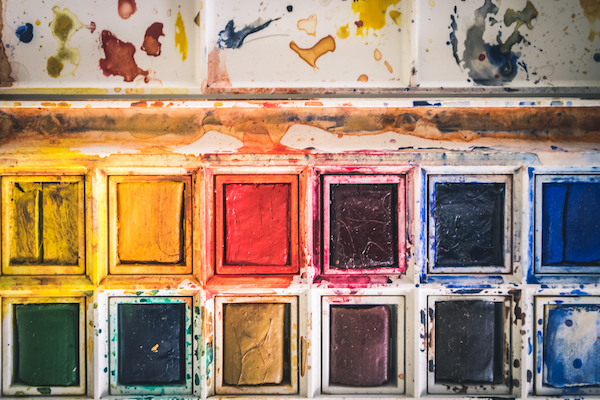Color psychology is a cornerstone of marketing and it has generally been since the dawn of advertising itself. Understanding how color psychology affects marketing and how it dramatically impacts the potential for success or failure is extremely important whether you are working in advertising or want to grow a brand of your own.
Evoke thought and emotion
Colors allow us to interpret the world around us in our own personal ways. However, specific colors tend to evoke more specific emotions and thoughts, which is why colors are so useful in advertising and branding today. A successful brand uses colors to evoke emotion in prospective customers and shoppers who may have a genuine interest in the product or service that is being promoted. The more an individual is able to relate and resonate to an advertisement or the way a brand is showcased, the easier it becomes to incentivize them to make a purchase and to lend their trust to you.
Popular branding colors
Blue is a popular branding color for plenty of mega-corporations as well as healthcare and social companies. The color blue signifies trust, friendship, and professionalism, whereas the color green is often linked to banking institutions and financial applications (indicating shopping, spending, and envy). Red and pinks are used to evoke excitement and sexuality, which is why most risque advertisements include the color red throughout promotions. Using orange and purple help to show off creativity and welcome new ideas and thoughts. Yellow is reserved for optimism and friendliness, often used with gas stations, fast food restaurants, and family venues.
Applying the knowledge
When you know how colors are interpreted and how they are best used, it is much easier to create and execute truly successful ad campaigns, regardless of the type of business or brand you represent. With color psychology, it is possible to generate successful campaigns and branding material for any type of business whether you are launching a brand from the ground up or expanding an existing company.
The more you become self-aware of branding and color theory in conjunction with color psychology, the easier it is to stop various ad tactics and marketing strategies from other competing businesses and brands around the world. Putting the right colors to work for your brand is a surefire way to outperform competition while solidifying a name for your company in just about any market or industry.


